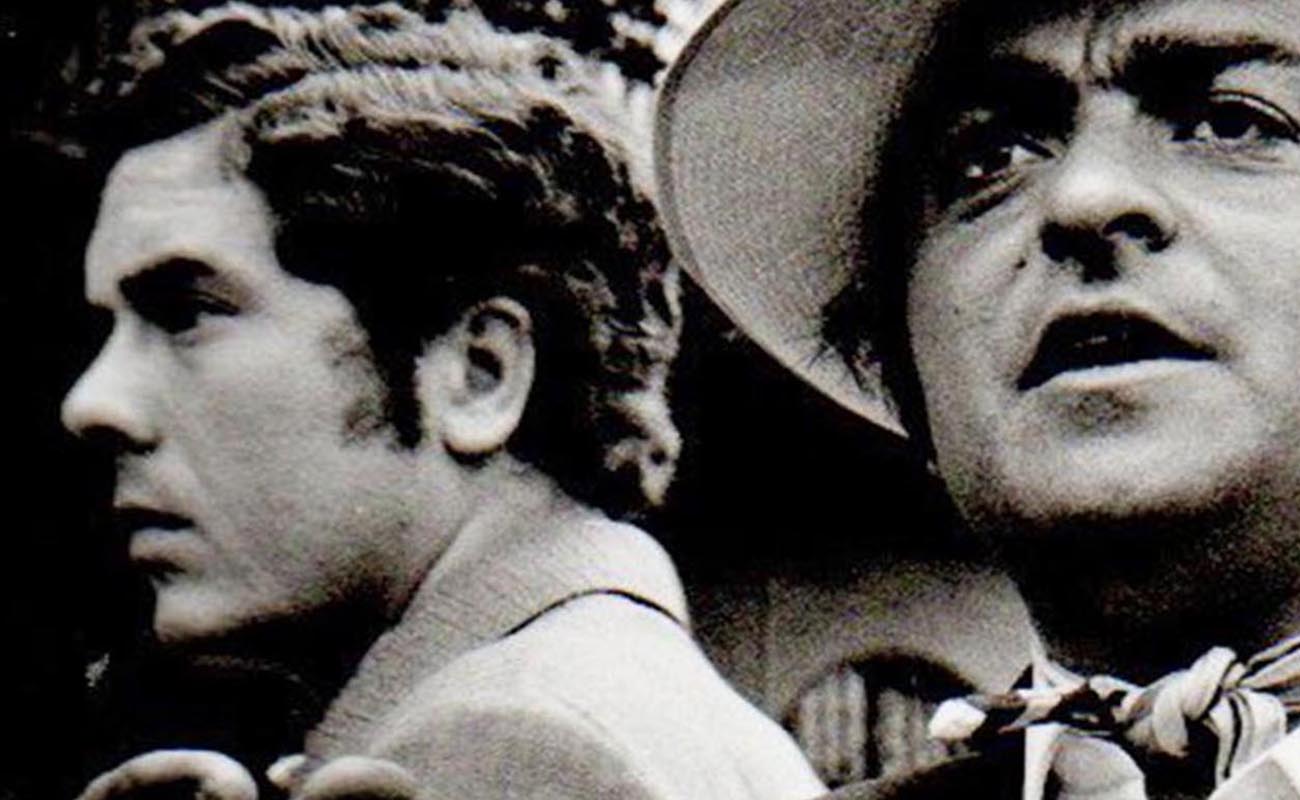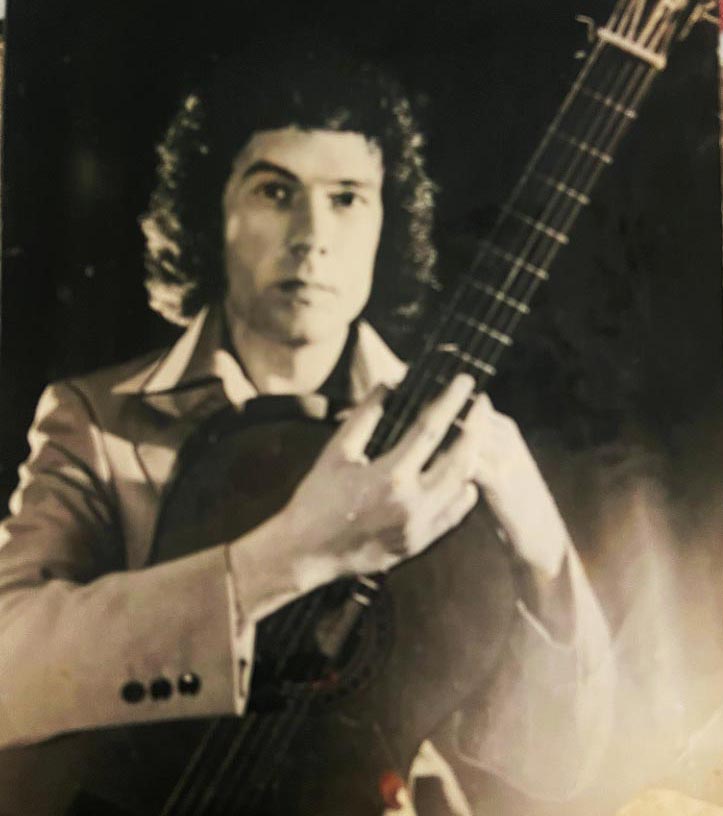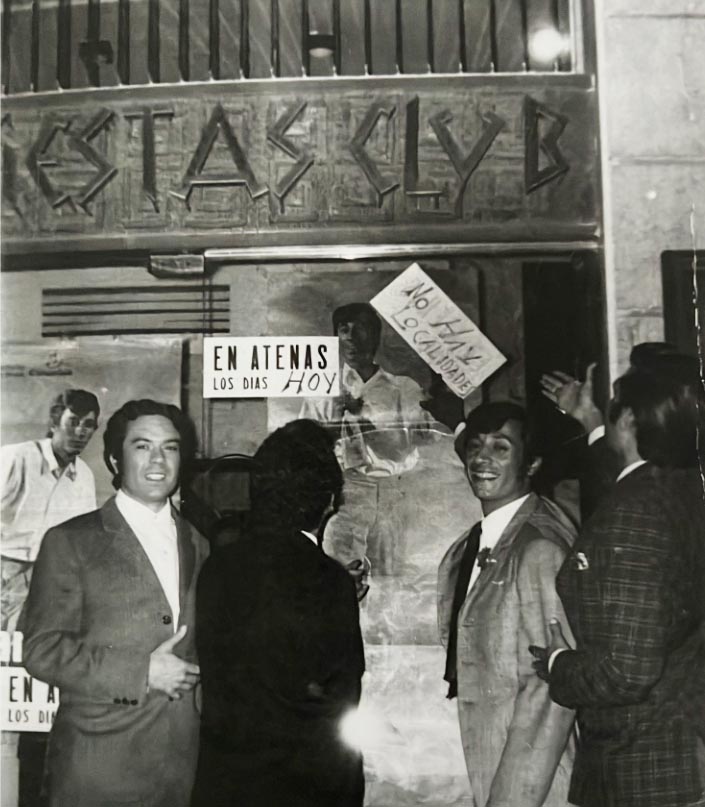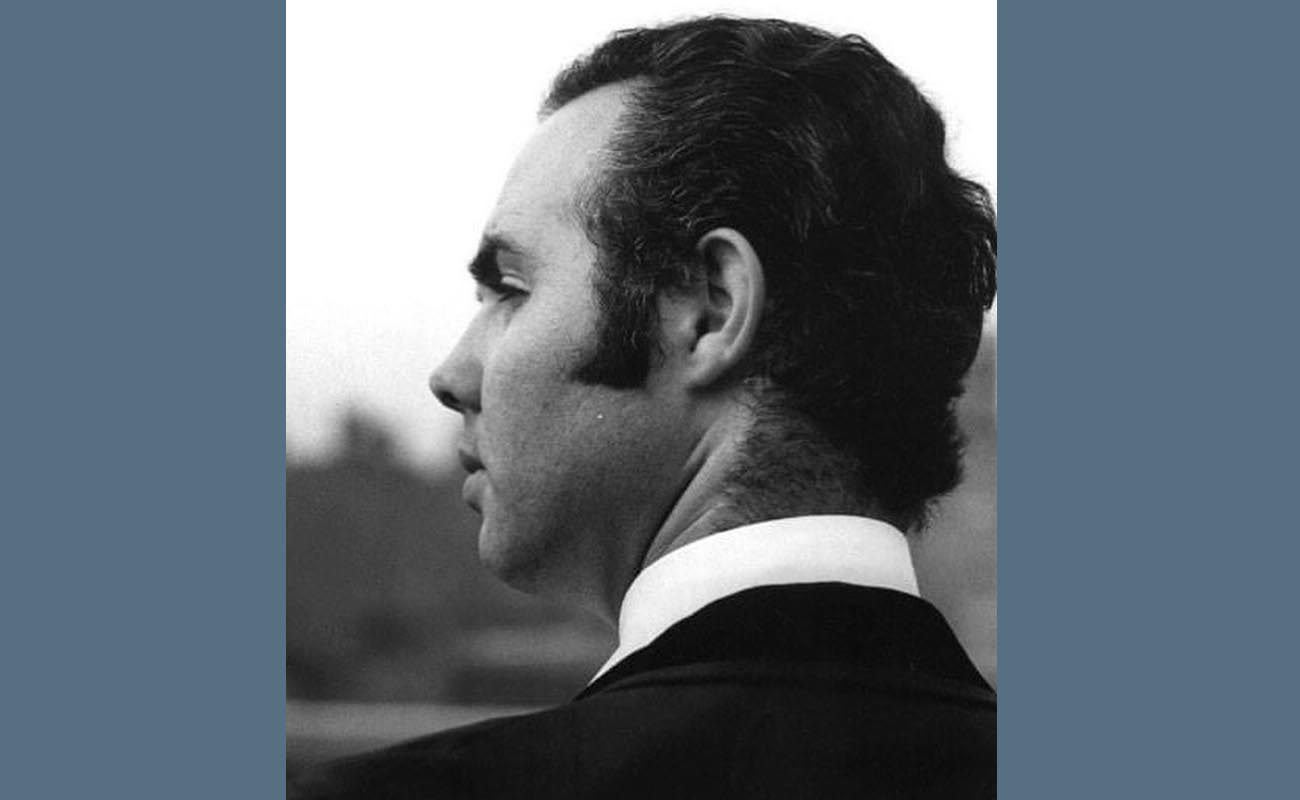Pepe Priego, in remembrance
That was a half-century ago, and now Pepe is gone. The generation of the flamenco boom of the nineteen-sixties and seventies is disappearing as is only natural.

It was around 1970, the last era of flamenco guitar not influenced by Paco who changed the game for all of us. José Priego García (1944-2024), Pepe Priego from Utrera, a young promise of the guitar back then, elder brother of Ramón Priego, also a guitarist, went to work in New York City. I met him at the renowned Chateau Madrid, the most prestigious nightclub in the city for performances representative of Hispanic culture. In the so-called “green bar” of the Chateau, an intimate room with live singing and guitar, each night Pepe accompanied a series of singers including Domingo Alvarado and Diego Camacho El Boquerón, among others.
That was a half-century ago, and now Pepe is gone. The generation of the flamenco boom of the nineteen-sixties and seventies is disappearing as is only natural. In any case, Utrera is not a guitar town like the neighboring town of Morón. From Pepe Priego’s generation, there now remain his brother Ramón, a guitar teacher, Antonio Moya, an adopted son of Utrera, and until his passing less than a year ago, Niño José Manuel. And few others.
In a recent interview, Pepe Priego highlighted his father as having been largely responsible for his passion for the guitar, in addition to mentioning Pepe Naranjo from Morón as one of his teachers. He also recalled having played informally with Diego del Gastor. His brother Ramón names a long series of artists with whom Pepe had worked. In Madrid, he played at Torres Bermejas, Los Canasteros, and Corral de la Morería, in Seville at Los Gallos, in Barcelona at Los Tarantos, El Cordobés, and other well-known tablaos of the era sharing the stage with Paco de Lucía, Manolo Sanlúcar and Pedro Peña, and played in the group Los Canasteros with Juan Montoya and el Paquiro. He also accompanied Camarón, José Mercé, Paco Toronjo, Fernanda, Bernarda and Pepa de Utrera, Perrate de Utrera and Curro de Utrera, in addition to dancers Farruco, La Polaca, Curro Vélez, Lucero Tena and Cristina Hoyos among many others, with a devoted following of personalities of the time, actors, bullfighters and musicians. He coincided with historic figures such as Pepe Pinto and La Niña de los Peines, as well as Juanito Valderrama, Rafael Farina, el Príncipe Gitano, the main artists of the time, and made several recordings, including one with Paco de Lucía and Paco del Gastor, and another with Juan Maya Marote.
Pepe and his brother were major players in the history of flamenco by virtue of their intense collaboration with Bambino, a frivolous nickname for a great artist. These guitarist brothers settled in to their roles backing up Miguel Vargas Bambino, the flamenco combo it was called, eventually developing and nurturing the unmistakable sound of the legendary singer whom I would later come to know in Utrera. Bambino not only sang his rumbas and bulería songs. At private gatherings he had absolute command of classic bulerías, soleá, tangos, and other traditional forms, always with the unmistakable aroma of his hometown of Utrera while developing his original personality. Pepe Priego and Ramón gave form to the characteristic sound; rhythm that cut like blades, powerful strumming and choruses of voices that echoed Miguel’s raising tension to the limits. The Priego brothers have received scant recognition for their contribution to the Bambi sound that left its mark.
From Expoflamenco, we send a message of support to the family and friends of Pepe Priego.







